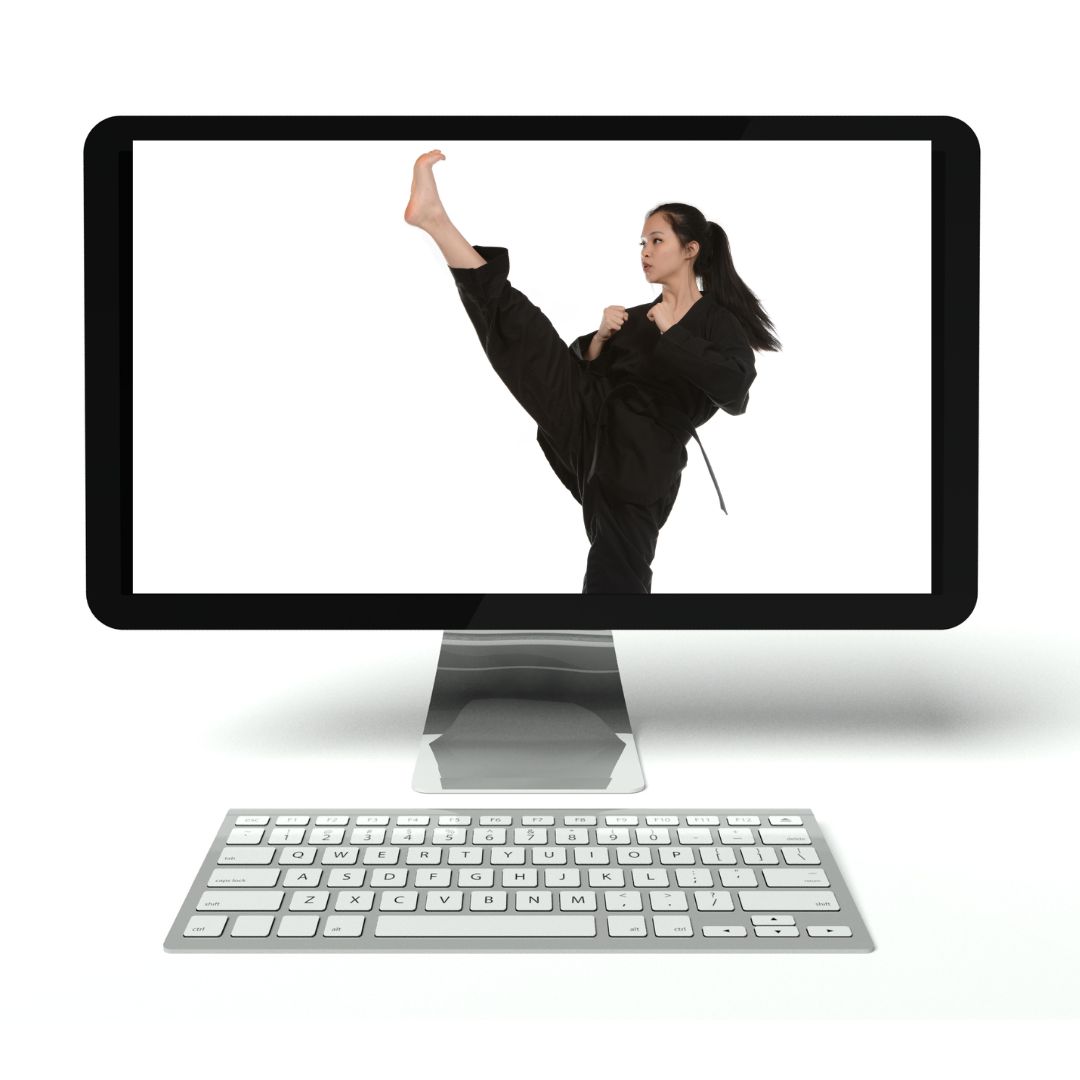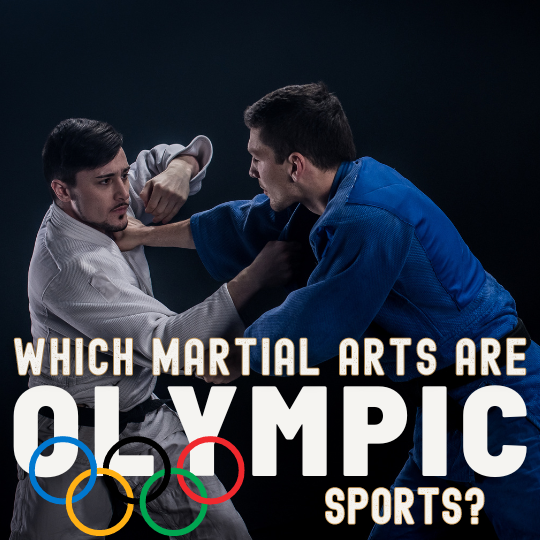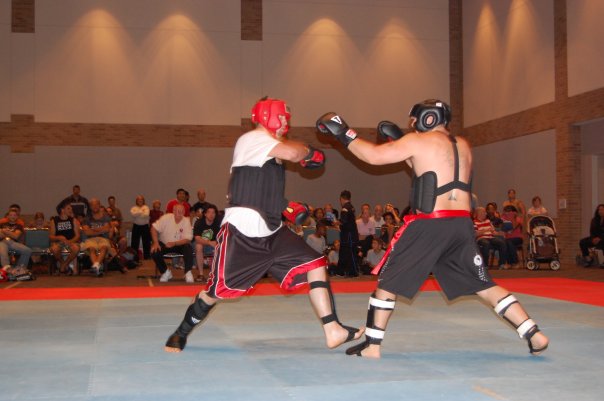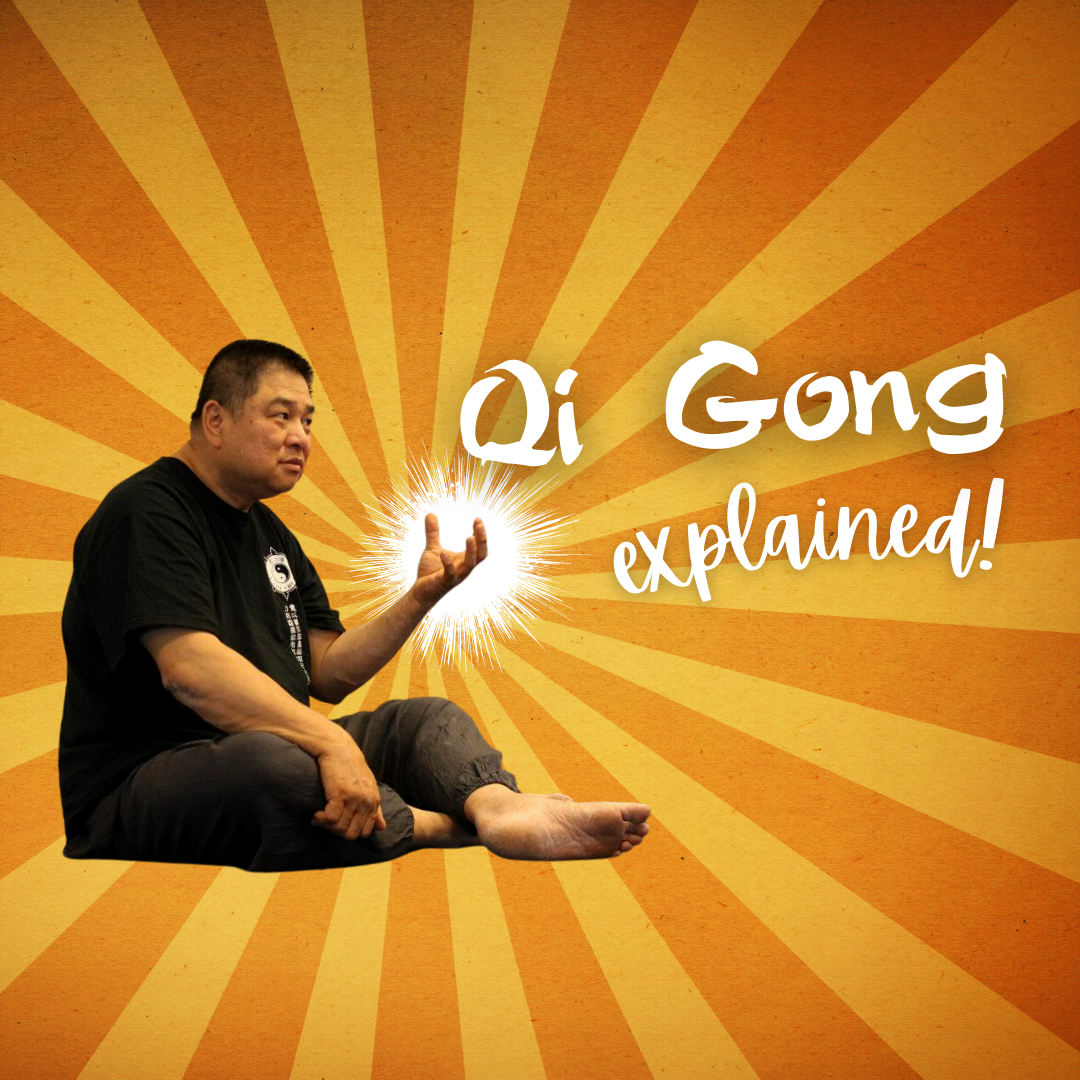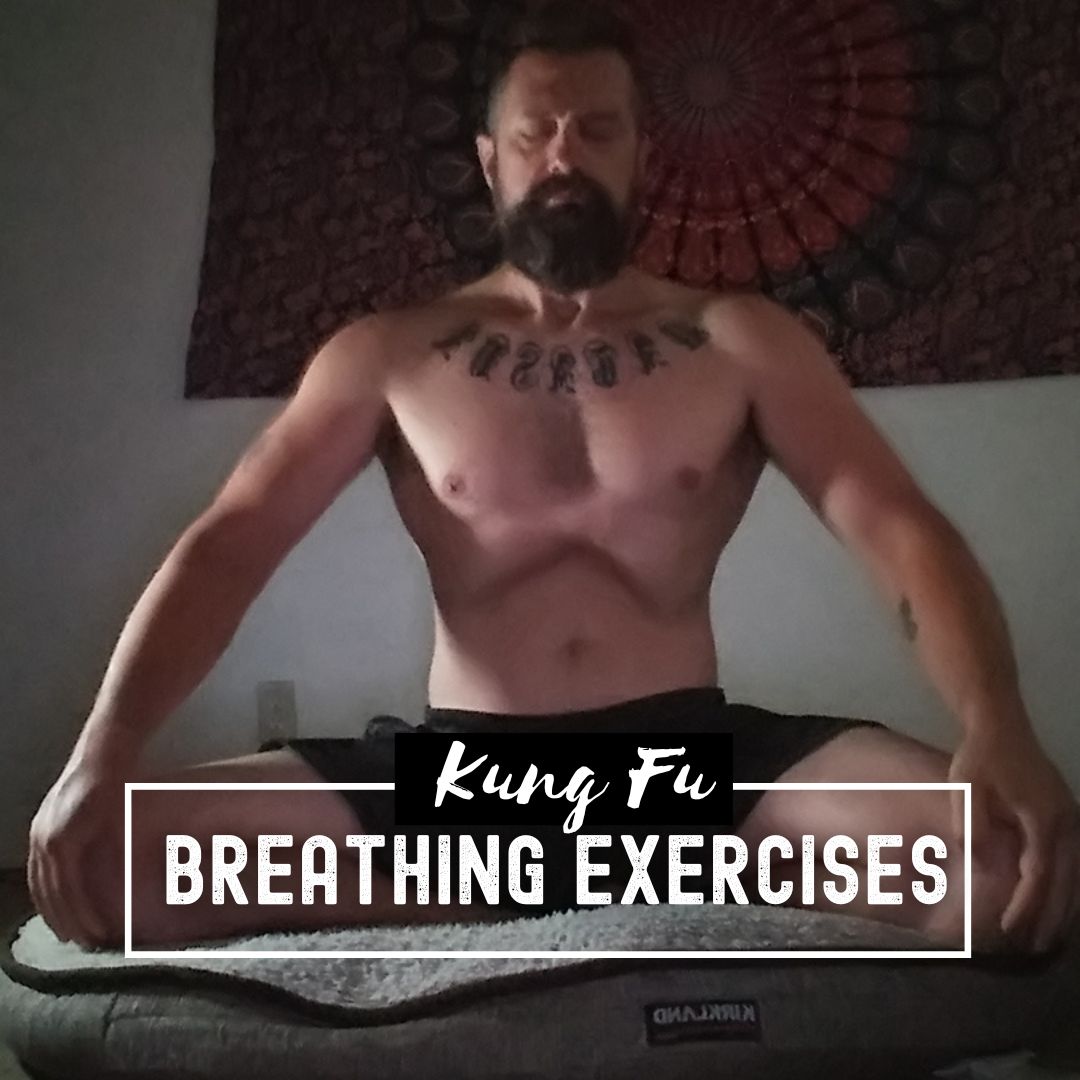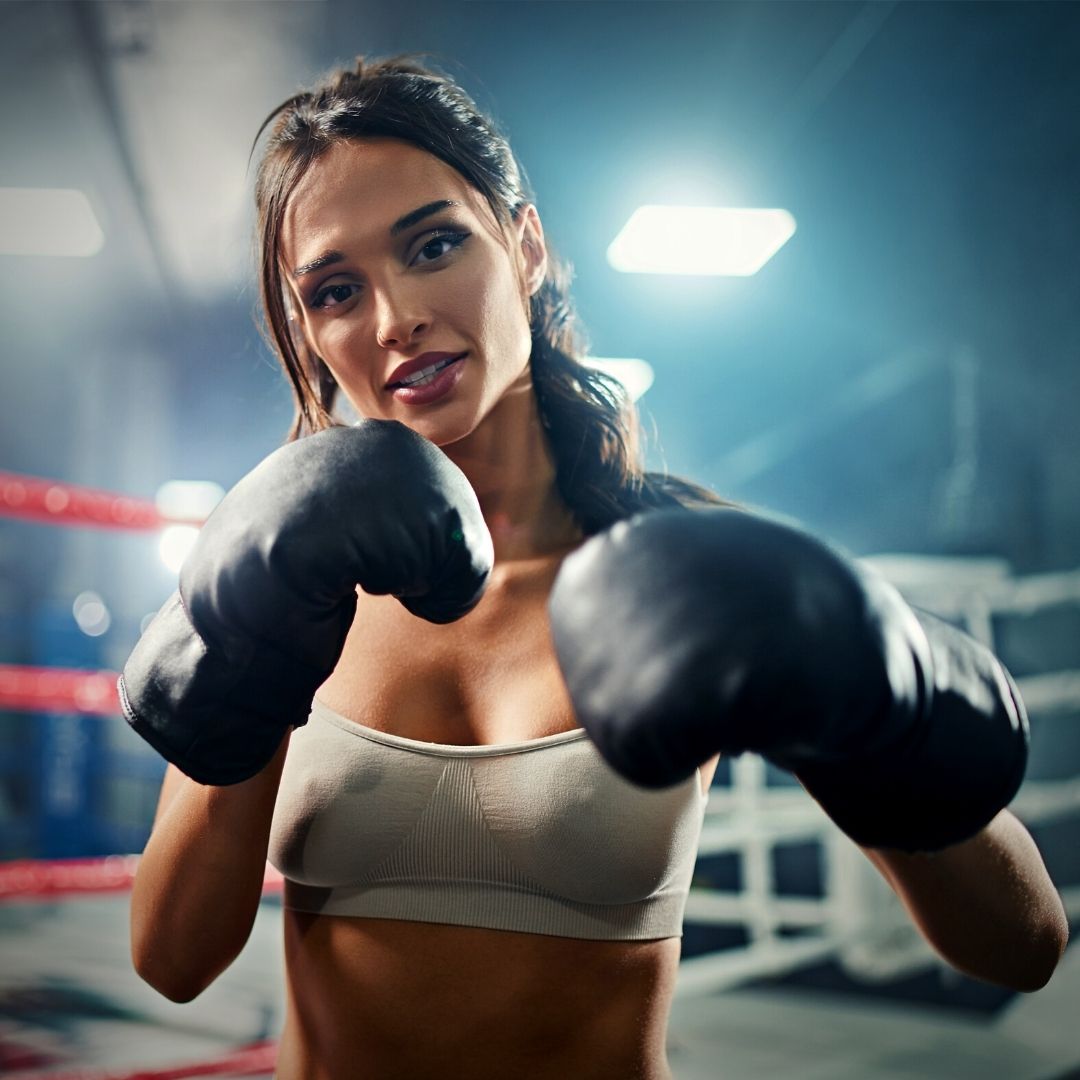
Beginner’s Guide To Best Martial Arts Equipment
If you’re thinking about starting to train, you might wonder what equipment is needed for martial arts, especially if you’re looking to train at home. But what do you need, and where can you get it? Don’t worry; we’ve got you covered. This article will give you a beginner’s guide to the best martial arts equipment for working out at home.

I will post some Amazon affiliate links to some gear I recommend and give some general advice on choosing the best martial arts equipment (and saving money) by buying used. You can find all of the recommended martial arts gear included in this post on our Amazon Storefront page. Your purchase helps support more content like this!
Bare Minimum Equipment Needed For Martial Arts
The good news is the amount of space and equipment you need for martial arts isn’t very long. The Old Master used to say, “kung fu can be trained in the space a cow lays down.” When it comes to equipment, you can get away with just two pieces of training gear.
- a 6′ heavy bag like this: Ringside 100-pound Muay Thai Punching Heavy Bag, Black
- a pair of bag gloves like these: Ringside Econo Bag Gloves
Heavy Bag
Joints and tissues need feedback and mechanical stress from impact to adapt properly and execute techniques with real efficiency and power.
A six-foot heavy bag will allow you to train ALL your kicking and striking patterns and combinations, from low, to high. You can take it down and use it to train throwing movements or lay it flat on the floor to practice “ground and pound.”

A six-foot, 100-pound bag will generally be heavy enough that even big men can train with it effectively.
Another important consideration for training at home is that, when hung properly, the six-foot length allows the bottom of the bag to rest lightly on the floor. This will prevent the bag from swinging wildly when you hit it and eliminates the need for a partner to hold the bag for you. This is something you cannot do with a smaller heavy bag.
Bag Gloves
A pair of bag gloves help protect your skin from abrasion when hitting the bag, and a small bar runs transversely across the glove. This helps keep your bones in proper alignment when striking to reduce the risk of giving yourself a “boxer’s fracture.” Some bag gloves also have a hook and loop strap, providing additional wrist support and preventing injury.
Regardless of the brand, I recommend buying equipment made of heavy-duty cowhide. Do not buy vinyl or “pleather” gear. It will wear out too fast and need to be replaced frequently. Equipment made of cowhide can be maintained and lasts a single user for nearly a lifetime.
I prefer the “clamshell” style MMA training gloves pictured above because the padding allows you to use the glove as a defacto striking mitt, which makes certain partner drills easier than having to supply every other person on the mats with their own mitts. Everyone should have their own gloves, however, for personal hygiene. At the same time, the open hand still allows for grabbing, which is important for self-defense training (as opposed to sport).
Hanging Your Heavy Bag At Home

If you don’t have the ability to hang the bag from a rafter or other solid structure, you may need to purchase a bag stand like this:
Training your footwork, or the ability to move and strike, is important in martial arts. Generally speaking, I prefer to hang a heavy bag from the ceiling or rafters whenever possible instead of using a stand. You can move 360° around a bag hanging from the ceiling. A bag stand will get in your way and reduce movement around the bag to about 180°, and you risk accidentally kicking the lower extremities of the stand in some places.
If you want to hang your bag from the ceiling or rafter, you’ll need a nice heavy-duty steel bracket with a swivel like this:
Having a bracket with a swivel is important as the swivel will allow the bag to rotate after you hit it, prevent the chain from becoming twisted, and cause the bag to become tilted and move off center or otherwise ruin your workout.
This is all the equipment a single person training at home needs to get a great workout and develop some usable, fundamental striking and kicking ability.
Double-End Bag
If you have the room and the budget to add some additional equipment, the next most useful piece of gear a person training at home alone can have is something that can add a reactionary element to your training, like a double-end bag:
Unlike a heavy bag that is meant to be stationary and used to develop technique and power, a double-end bag is suspended off the floor between two bungee cords, allowing the bag to move in response to being hit. The elastic nature of the bungees means that the bag moves back towards simulating a moving and/or counter-striking opponent. The double-end bag is about speed and finesse rather than power.
Pro Tip: The bladders are fairly cheap and dry out after a few months. Nothing lasts forever, so it’s best to buy extras and have them on hand when needed.
Mats

If you have any additional budget remaining, the next consideration for any home gym should be flooring, and without a doubt, the go-to option should be stall mats like this:
American Floor Mats – Horse/Stable Mats – Heavy Duty Stall Mats –
Having some rubber mats on the floor helps protect your floor, equipment, and body. Get as many 4′x6′ mats as you need to fill your space. They should be at least 1/2″ thick, though 3/4″ is better.
Training on a rubber stall mat helps to absorb some of the impacts from things like skipping rope and helps reduce unnecessary stress on your joints over time.
WARNING: a 4′x6′ rubber stall mat is heavy; about 100lbs, so you’ll probably want some help when they show up.
You can find rubber stall mats locally by looking for the nearest “feed & tack” or “tractor supply” store nearby. You’ll save about $30/mat by buying them at a tractor supply place compared to ordering from the link I posted.
Rubber stall mats are heavy-duty, will last a lifetime, and are great for general use; they’re not suitable for wrestling or grappling. They’re too dense and too rough for grappling or wrestling. Even with high-quality grappling mats like Zebra brand, “mat burn” is still a significant issue. Grappling on a stall mat will rub your skin off practically to the bone.
If you want to train in grappling, or plan to spend much time on the floor, then you may want to invest in some folding mats like these:
4 ft x 8 ft Gymnastics Mat, Folding Tumbling Mat
Cardio Equipment For Martial Arts
A low-cost but essential piece of home gym equipment is going to be a high-quality speed rope for skipping:
Skipping rope is good for developing the quality of being light on your feet and improving fitness. I didn’t mention this simple piece of kit until we had covered flooring because while a wood floor is okay, you want to avoid skipping rope on concrete or other hard surfaces if you value the health of your hips and knees.
Save Money On The Best Martial Arts Equipment

You can save yourself money by buying the equipment used. Many people buy gear without understanding their actual needs and priorities, and after gathering dust in a closet for many years, trade it in at a used sporting goods store or sell it online through an app like OfferUp or Facebook Marketplace. Their loss is your gain, as you can buy all the equipment you need for martial arts at steeply discounted prices!
While most of the gear I linked to was from Ringside, several high-quality options exist. Generally speaking, the equipment sold by the following manufacturers will be high quality, reliable, and long-lasting, provided you care for it correctly.
When looking for used equipment, look for the following brands:
The One Brand You Should Never Buy!

Do not buy anything by Everlast.
In my opinion, Everlast is a low-quality equipment brand that you should never purchase. Everlast martial arts equipment is made to be sold in big-box sporting goods stores and Walmarts. Their products are cheaply made and will not last. Save your money and buy from a better-quality brand.
There are many other better-quality brands out there that sell superior products for a similar price. You should pick from the list above and invest in a brand that will last. Everlast products are not worth your money.
Summary
Some people might think that in order to train in martial arts, they need an extensive and expensive arsenal of equipment. However, this is not the case. While there are certainly some items that can be helpful to have, the reality is that all you really need to get started is a heavy bag and some bag gloves. Of course, many other items can be useful for training martial arts if you have the space and budget.
When it comes down to it, the three most important things you need for martial arts are a good instructor, good training partners, and a good attitude.

A good instructor will not only be able to teach you the techniques you need to know but also help you develop the correct mindset. Training partners can provide support, motivation, and a different perspective on what you may not be doing as well as you think you are. It’s always helpful to have someone to train with who can offer feedback and help push you to be your best, and no piece of equipment can ever truly replace an actual human body.
The beginner’s mind is the mind that is inexperienced, childlike, and open to new possibilities. It is like an empty cup that can be filled with new knowledge and experiences. Martial arts requires dedication and commitment, and it’s not always easy. But if you approach it with the right mindset, it can be an incredibly rewarding experience. Don’t forget that you can find everything mentioned in this article on our Amazon Storefront page.










